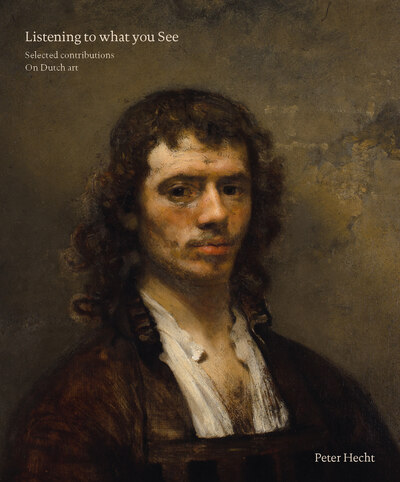- EAN13
- 9781915401083
- Éditeur
- Paul Holberton Publishing
- Date de publication
- 15 mars 2024
- Nombre de pages
- 224
- Dimensions
- 26,8 x 22,3 x 3,1 cm
- Poids
- 1556 g
- Langue
- fre
Listening To What You See, Selected Contributions On Dutch Art
Peter Hecht
Paul Holberton Publishing
Prix public : 40,00 €
Ce volume rassemble plus de 25 essais érudits, critiques et contributions plus courtes de Peter Hecht, précédés d’une introduction sur ce que, selon lui, sa vie dans l’histoire de l’art lui a enseigné. Le titre indique ce que les documents qu’il a rassemblés ont en commun : ensemble, ils représentent la manière d’écouter ce que l’on voit. Hecht se méfie d’appliquer une méthode et pense qu’il est essentiel d’observer une image jusqu’à ce qu’elle nous parle pour pouvoir la comprendre. D’ailleurs, il a beaucoup œuvré pour prouver qu’il ne suffit pas de simplement étudier le sujet d’une image en tant que tradition iconographique mais qu’on devrait également l’étudier au sein de l’œuvre complète de l’artiste qui l’a faite. Hecht’s attitude has supplemented and corrected the iconological approach to Dutch seventeenth-century painting, and some of his best-known critical papers are included here. So are a few contributions on the changing taste for specific kinds of Dutch painting and an iconographical study that brought to light the subject of one of Rembrandt’s most ambitious early works, which had remained unrecognized ever since it was discovered in1924. Its composition had always been misread, and it was again a matter of listening to what you see before its subject could be identified. Apart from a few scholarly reviews, Listening to what you see also contains a sample of Hecht’s writings for the public at large. Defending public art collections, showing what art can mean in times of crisis when it is not accessible, as was the case when Covid forced the museums to shut down, and talking about what art may do for us – provided that we listen. The volume ends with a personal musing on a picture by P.C. Wonder and a tribute to Charles Donker, the outstanding print maker


















